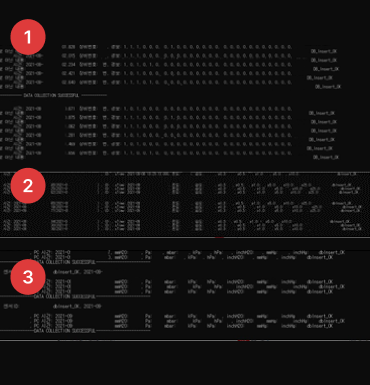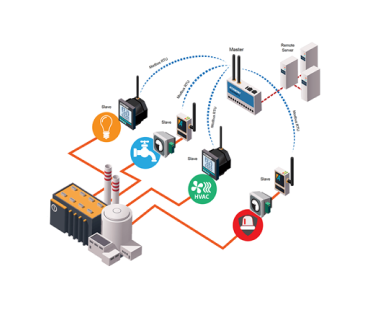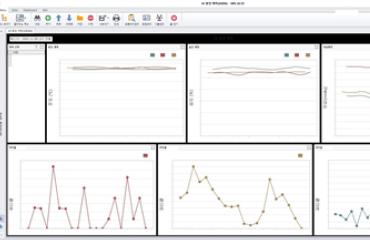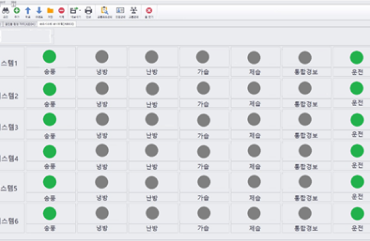
 REFERENCE
REFERENCE
 AI·Big Data
AI·Big Data
Based on over 20 years of experience in building smart factories,
DL Information Technology Co. Ltd. is creating manufacturing big data analysis
and AI application cases in various industrial fields
DL Information Technology Co., Ltd. provides the AI-based semiconductor cleanroom management predictive maintenance function


Time Series Forecasting Analysis


Real-time prediction of temperature/humidity/
differential pressure/particle environment

Monitoring operation of cleanroom control system

Remote collection
not possible

Check cleanroom
every 3 hours

Late problem
recognition time

High defect rate







